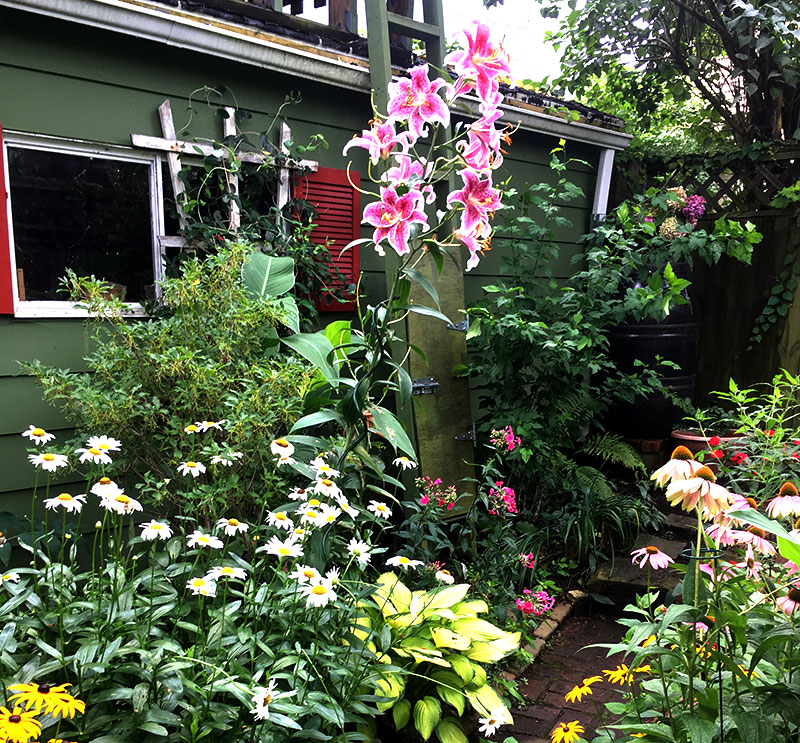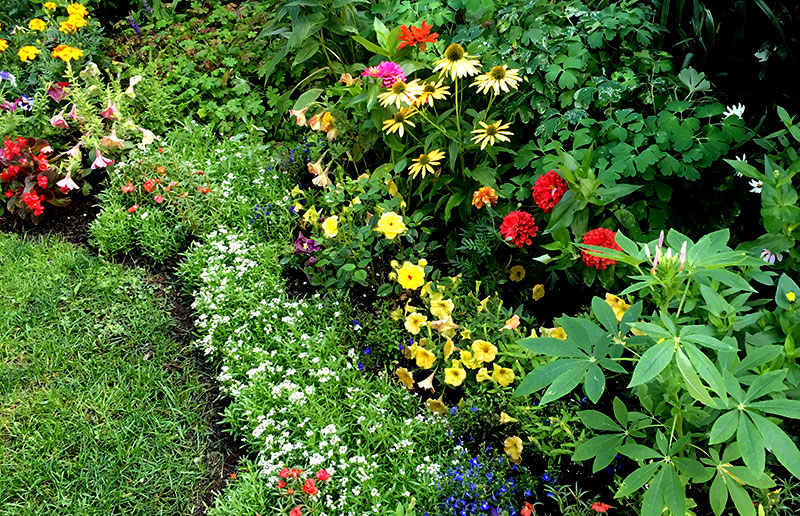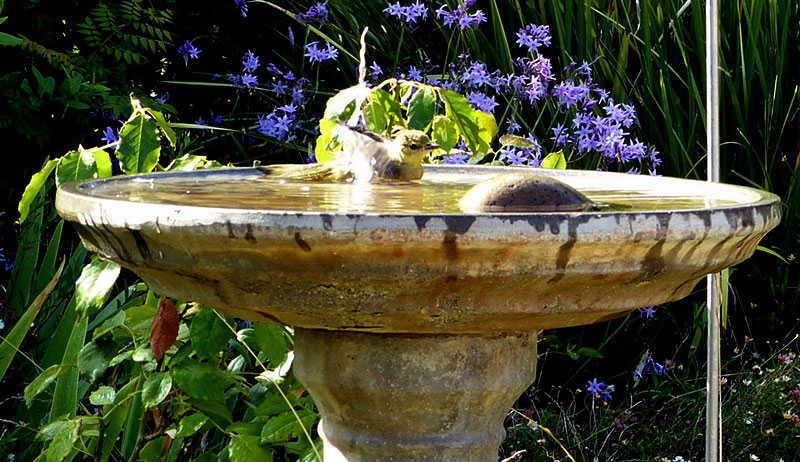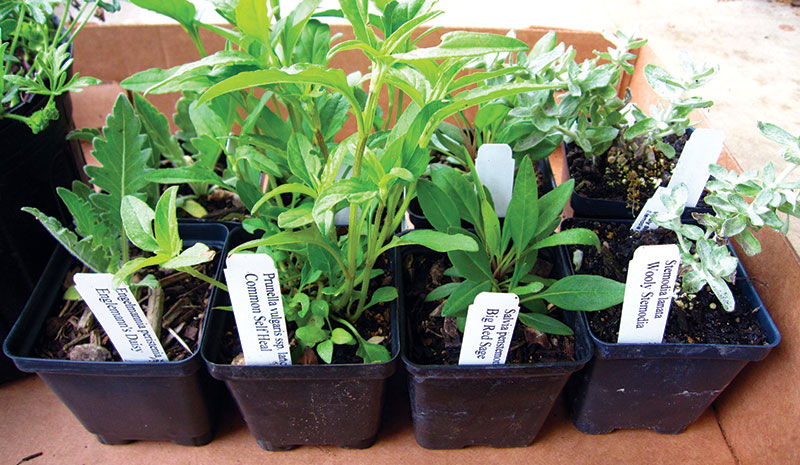
You wanted to welcome pollinators and have them thrive on your property. So you planted flowers, filled the hummingbird feeder and stopped spraying the lawn. Yet very few birds, bees and butterflies have turned up. Let’s look at some things you might be doing—without knowing it—to make pollinators choose the yard across the street (or across town) instead.
1. Choosing Spring Flowers

A cacophony of spring blooming annuals and perennials provide a veritable feast for birds, bees and butterflies. But what happens when the seasons change and the flowers fade? The once-abundant buffet of nectar and pollen turns into a pollinator food desert. You might see a lot of buzzing, fluttering and flitting around the blooms for a few weeks, but these hungry pollinators will move on, searching for more abundant resources. Plan your garden to include multiseason blooms. Pollinators need something to eat during all four seasons.
2. Playing Favorites

A quick look at your garden probably reveals your favorite flowers and colors. Your garden should include plants you love, but, for the sake of pollinators, choose plants with flowers in different colors, shapes and scents. Hummingbirds, for example, prefer tubular-shaped orange and red flowers. Bees, meanwhile, are attracted to white and blue flowers with mild scents. Bats like green and purple flowers with a strong fragrance.
3. Providing Food But No Beverages

Pollinating your favorite foods and flowers is hard work. When pollinators work up a thirst, a garden with a reliable source of clean water is the spot they visit most in the neighborhood. A shallow dish or bird bath are great options for a pollinator water cooler. Remember to place a half-submerged stone in the water to give insect pollinators a place to perch so they don’t drown.
4. Stocking Up on Mulch

Mulch is great for retaining water and making flowerbeds look polished, but 70 percent of the 20,000 native bee species make their nests in the ground. Species such as sweat bees and mining bees burrow into bare soil. If chunks of mulch are covering up their prime nesting sites, these diminutive bees move on in search of more suitable nesting sites. Leaving areas of bare soil in the garden ensures that these essential pollinators have access to nesting spots.
5. Ignoring Nesting Spots

Pollinators need places to call home. In addition to leaving mulch-free zones for ground-nesting bees, provide small stacks of twigs or leave dead tree trunks, called snags, for wood-nesting bees and beetles to take up residents. Without these features in your garden, pollinators have no place to reproduce. Bee hotels are another option. You can DIY these small structures, which offer a series of nesting spots, or purchase one online and watch pollinators move in.
6. Falling Behind on Housekeeping

A full hummingbird feeder is not as important as a clean feeder. Mold and fungus can form in feeders. Drinking from a mold- or fungus-filled feeder could give the pint-sized pollinators a fungal infection that causes their tongues to swell, making it impossible to eat. Mama hummingbirds can pass the infection to their babies. Cleaning the feeder is as simple as washing it in hot water and mild detergent and using a bottlebrush to scrub the jar. Rinse all soapy residue before refilling the feeder.
7. Keeping Things Too Neat
Keep hummingbird feeders clean, but let the lawn get a little messy.
Letting clover grow before mowing it down gives the bees access to an abundant nectar source. Clover is one of the first pollen-and nectar-producing plants to emerge in the spring. It can provide important nourishment for bees on their first spring foraging journeys. Waiting a little longer between mowing gives them a chance to take advantage of the clover.
8. Bringing Home Pesticide-Laden Plants

You might not spray pesticides in the garden, but the plants you purchase at the garden center could have been sprayed with chemicals that are fatal to pollinators. Several retailers have started adding tags to plants sprayed with neonicotinoids to let gardeners know that the plants could have an adverse effect on pollinators. Check the labels before purchasing plants. The word “protected” is a red flag that the plant has been chemically treated. More stores are stocking neonicotinoid-free plants, but it’s good to double check before making a purchase.
Rethinking your gardening habits can ensure that the garden you love is also a place that pollinators feel welcome. See whether making some minor changes increases the abundance and varieties of birds, bees, butterflies and other pollinators in your garden.




